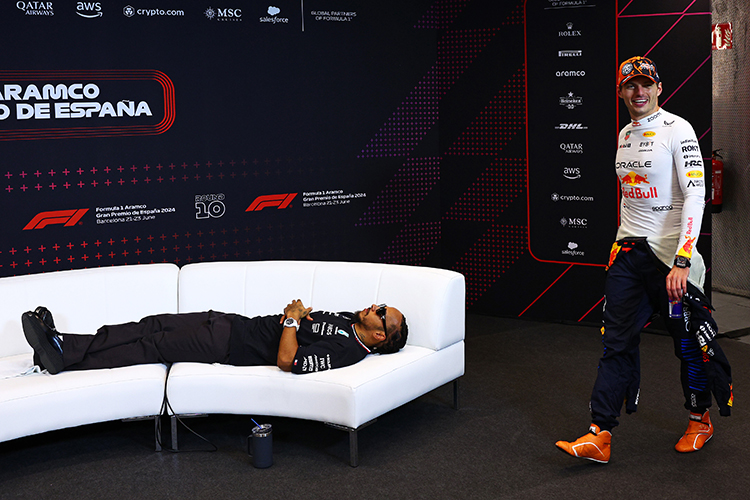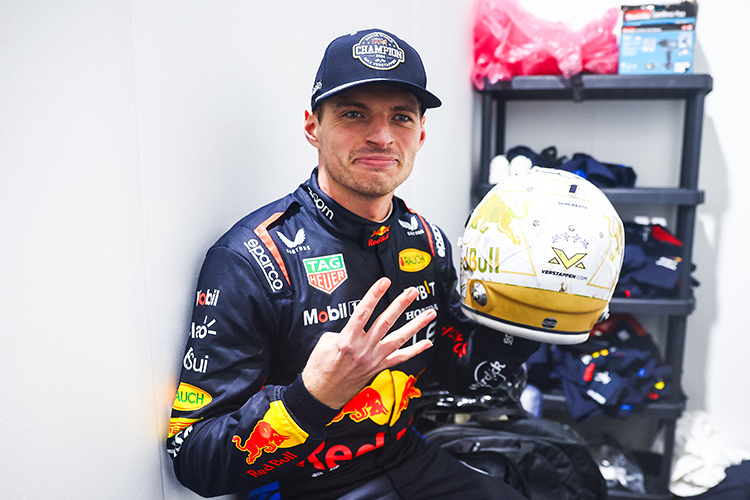The Longest Race in F1 History: The 2011 Canadian Grand Prix

Formula 1 World Champions: A legacy of racing legends
What is the longest race in F1 history?
Discover the longest race in Formula 1 history, the 2011 Canadian Grand Prix. Learn about the dramatic events, weather delays, and unforgettable comeback by Jenson Button.
Formula 1 (F1) is a sport renowned for its high speeds, precision, and intense competition, with most races lasting between 1.5 to 2 hours. However, on rare occasions, races extend well beyond the typical time frame, creating dramatic and suspense-filled moments for drivers, teams, and fans alike. The longest race in Formula 1 history is more than just a test of endurance—it’s a story of resilience, determination, and the unpredictable nature of motorsport.
What is the Longest Race in F1 History?
The longest race in Formula 1 history took place during the 2011 Canadian Grand Prix at Circuit Gilles Villeneuve in Montreal, Canada. The race, which lasted for 4 hours, 4 minutes, and 39 seconds, was more than double the usual length of an F1 race. This remarkable event remains etched in F1 history for its dramatic twists and unpredictable weather conditions.
Why Was the 2011 Canadian Grand Prix So Long?
The primary reason for the extended duration of the 2011 Canadian Grand Prix was the severe weather conditions. A heavy downpour struck the circuit shortly after the race began, forcing a temporary suspension. The torrential rain created hazardous conditions, with standing water on the track making it unsafe for racing. As a result, the race was red-flagged after just a few laps, and drivers were instructed to return to the pits while race officials monitored the weather.
Key Moments During the Race Delay
During the more than two-hour delay, race officials worked tirelessly to clear the track of standing water while fans eagerly awaited the resumption of the race. The rain eventually subsided, but conditions remained challenging for the drivers. Once the weather improved, the race restarted under safety car conditions to ensure that the track was safe enough for competitive racing.
The Action Unfolds: A Dramatic Finish
When the race finally resumed, it became one of the most memorable events in F1 history. With incredible comebacks and thrilling moments, the race kept both drivers and fans on the edge of their seats. Jenson Button (McLaren) demonstrated remarkable patience and resilience, especially after being involved in a collision with his teammate, Lewis Hamilton, early in the race, which dropped him to the back of the grid. Despite several restarts and safety car periods, Button fought his way back through the field.
As the race neared its conclusion, Button found himself in a tense battle with Sebastian Vettel (Red Bull Racing) for the lead. In a dramatic final lap, Button managed to overtake Vettel, claiming victory in an extraordinary comeback from 21st place after the restart.
Race Statistics
- Duration: 4 hours, 4 minutes, and 39 seconds
- Laps Completed: 70 laps (total distance: 305.27 km)
- Winner: Jenson Button (McLaren)
- Margin of Victory: 0.9 seconds
- Fastest Lap: Fernando Alonso (Ferrari), 1:17.814
Other Notable Long Races in F1 History
While the 2011 Canadian Grand Prix holds the record for the longest race in F1 history, several other races have been impacted by delays and stretched beyond the usual time frame:
- 2005 United States Grand Prix: A race marked by tire safety issues, where only six cars took the start. Although not the longest, it was one of the most bizarre in F1 history.
- 2020 Belgian Grand Prix: Weather delays caused a two-hour postponement, though it did not extend to the lengths of the 2011 Canadian Grand Prix.
How Formula 1 Handles Extended Races
Formula 1 typically enforces a maximum race duration of two hours. However, in cases of weather delays or unsafe track conditions, the race can be extended beyond this limit. Under F1 regulations, no race can last more than four hours from the start of the first lap to the moment the winner crosses the finish line. If a race cannot be completed, points may be awarded based on the number of laps completed. But in most cases, races will resume once conditions improve, as was seen with the 2011 Canadian Grand Prix.
Conclusion: A Race of Endurance and Drama
The 2011 Canadian Grand Prix remains the longest race in Formula 1 history, not just because of its extended duration but also due to the incredible drama and unpredictability that defined the event. This race became a symbol of resilience, strategy, and adaptability in F1, with Jenson Button’s victory showcasing the unexpected nature of motorsport. It was a true test of endurance for both drivers and fans alike and continues to be one of the most thrilling and memorable moments in F1 history.
Up Next


